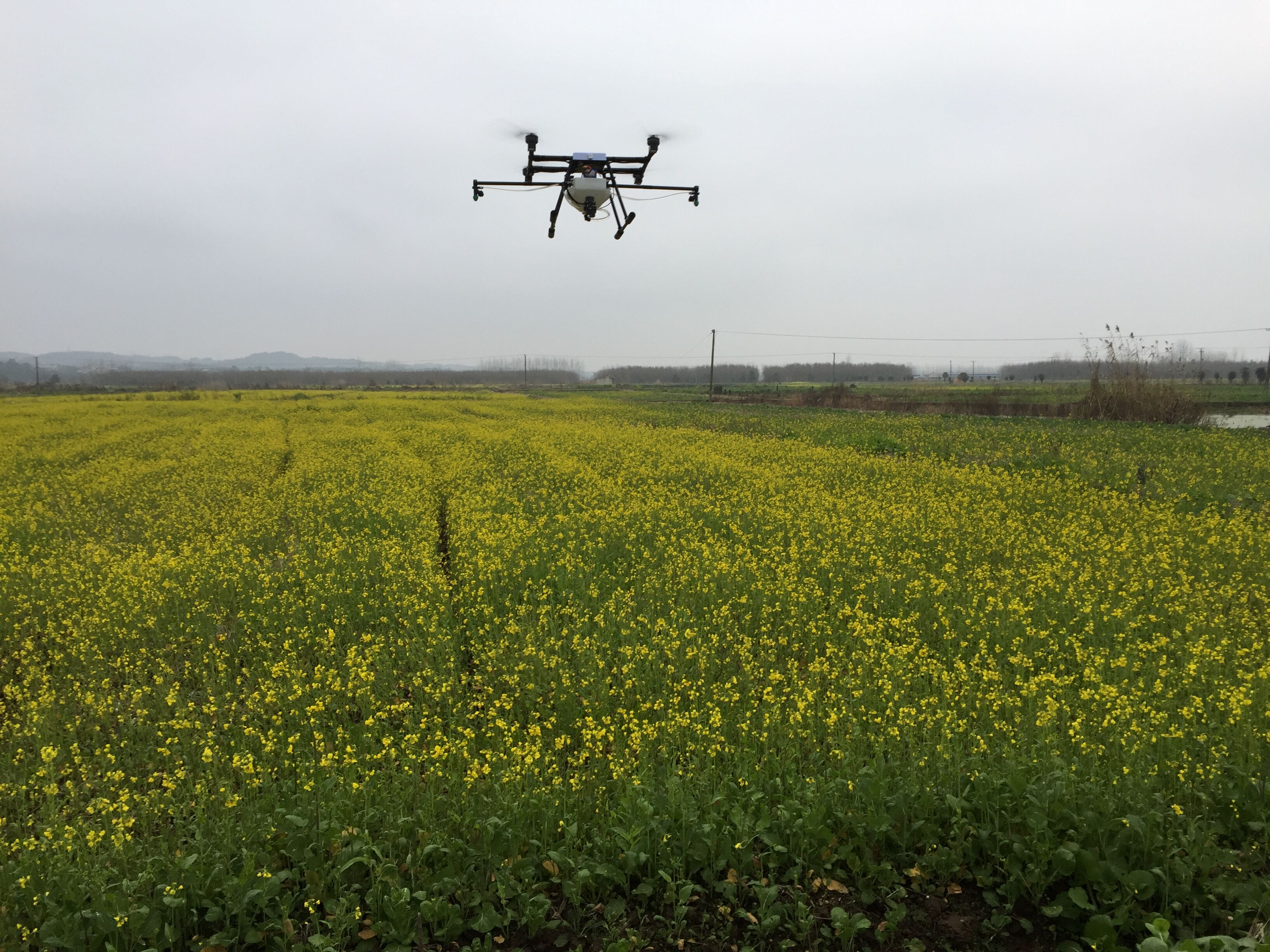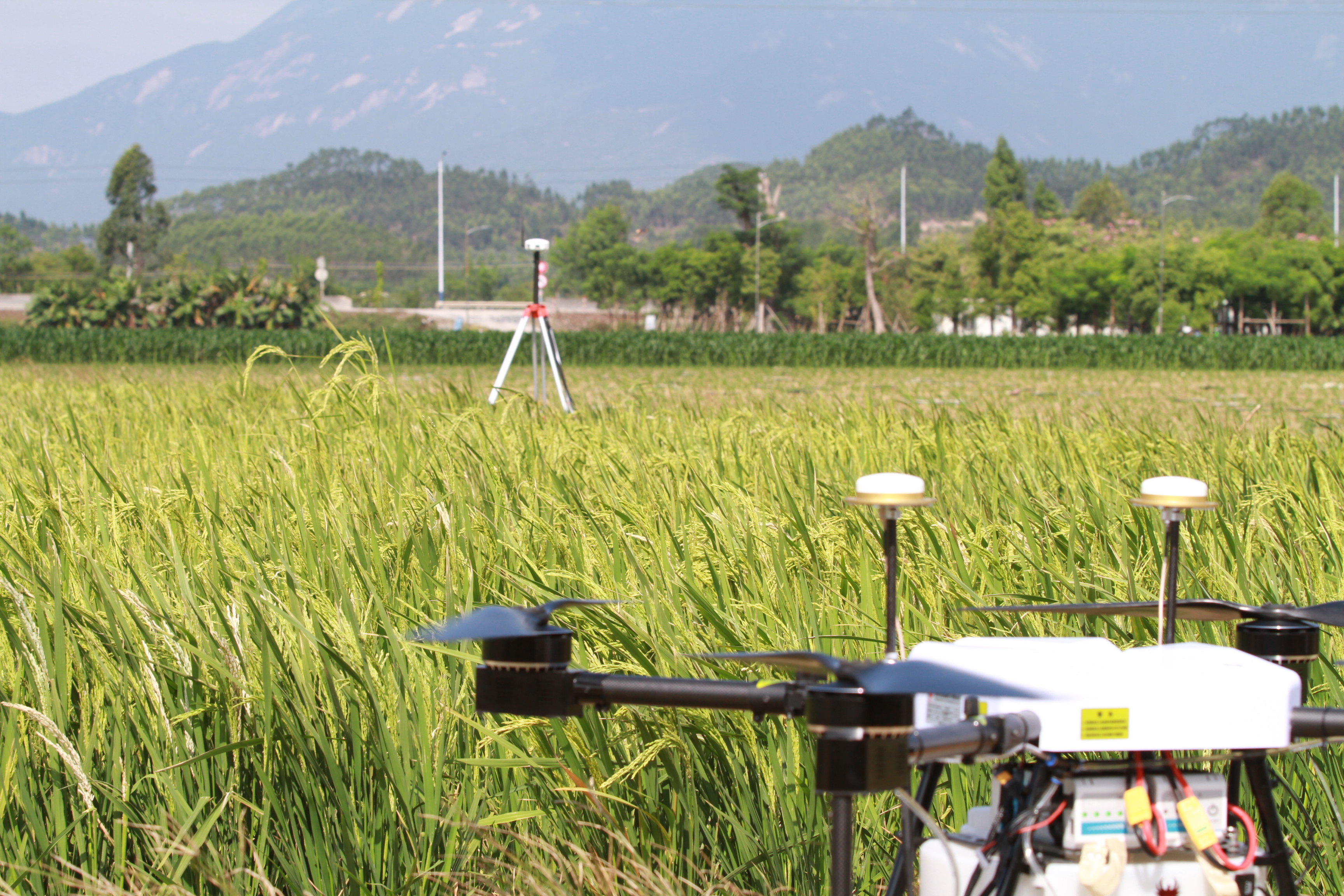In recent decades, many innovations in the automotive industry have largely benefited from advances in electronic technology. Although there are few functions in most vehicles that will not be affected by electronic devices, the innovation of electronic devices still has considerable potential, especially in driving comfort and safety applications. It is predicted that the contribution value of electronic devices to typical cars will continue to increase, from about 20% now to nearly 40% in 2030. As the number of electronic control units and applications has steadily increased, and, most importantly, the networked level of these units and applications has continued to increase, resulting in increasing complexity at the system and vehicle levels. The increasing complexity of electronic systems With the increasing popularity and complexity of automotive electronic systems, the risk of failure caused by electronic devices will increase significantly. According to a survey conducted by the German Automobile Organization-the German Automobile Club (ADAC) in 2005, electrical and electronic system problems are still the most common cause of automotive failures. Although failures caused by defects in microcontrollers, sensors, power semiconductors, and other semiconductor products (including battery-induced failures are the most), statistically, the proportion of total vehicle failures is almost negligible, but the semiconductor industry The first link in the automotive industry chain still has specific responsibilities for vehicle quality and reliability. The semiconductor industry has managed to greatly reduce the chip defect rate, but it still needs further improvement-its target defect rate must be less than one in a million. There are about 50 electronic control units in each car, each unit is composed of about 300 electronic components, and the defect rate of 1 million is still equivalent to 15,000 potential failures per million vehicles (although In fact, the failure caused by some electronic components can be avoided by the redundant design of the system manufacturer). AutomoTIve Excellence Program In the final analysis, our goal is to avoid defects from the beginning, not just to reduce the failure rate through the method of fault tracing. Infineon ’s long-term plans, such as the AutomoTIve Excellence plan, systematically improve the production process and its management, helping to improve the quality of semiconductor products to the necessary level (Figure 1). The AutomoTIve Excellence plan clarifies four main aspects: products, production, people and processes, and sets very ambitious goals. The goal of the plan is to reduce the failure rate of every million chips to zero. This article will discuss how to start from the production and personnel levels to achieve this goal. Production and qualification are the two links in the process chain. The process chain begins with customer-oriented product specification and development, and ends with the most important final testing and logistics stages. On average, producing a chip involves 400 steps (Figure 2). Larger defects and those that occur only after the entire system is assembled can only be found in the final test of the finished product. This defect must be traced back to the beginning of the process chain. It takes several weeks for the chip to check the entire production process, correct the problem and learn from it, so this is a very laborious process. Infineon has introduced comprehensive testing and remedial measures throughout the entire process chain so that defects can be discovered as early as possible (even during the specification and development phase). In principle, product reliability has been doomed as early as the design stage, so demand management, as a unified measure of Infineon, has now become an integral part of the Automotive Excellence program. As early as possible in the product specification formulation stage, complete and systematic records of all requirements for the product. These requirements are reviewed at every stage of product development to ensure that these requirements are fully met. evaluate risk The product development process will also be modified according to the improvement of the quality requirements of automotive electronic devices. Infineon has set up a design change control working group whose tasks include evaluating the potential risks of making changes after the product specification has been completed. Infineon has also set up a design verification working group, which is independent of the development team, and its main task is to verify whether the product design meets the product specifications. Risk assessment is also a key task for other process steps. Failure mode and effect analysis is a tool-based risk analysis method that runs through the entire stage. For chip design, production and packaging, and chip-oriented applications, potential risk analysis should be carried out to assess the risks found, and then take corresponding measures to reduce risks. Prescribed batch, wafer, and product-level defective ratios also help ensure quality standards (Figure 3). Infineon inspects all products and eliminates those abnormal batches. This method may increase costs at the beginning, but it is not the case: once a batch of materials is eliminated, remedial measures will be implemented, and the actual benefits obtained will exceed the negative impact of this measure on the output at the beginning. Although various preventive measures and other measures have been taken in advance to improve quality, quality problems still occur. In this case, all necessary data related to the batch of products should be retrieved as much as possible. Infineon clearly divides each batch in the production process to ensure that this can be done. Mastering first-hand relevant information can limit the delivery of defective batches and minimize the number of affected products. However, this system is quite complex and expensive, so it is only suitable for products that play a major safety role, such as devices used in airbags. Further steps taken by Infineon in its Automotive Excellence program are to provide multiple feedback opportunities at all stages of the entire process chain. The entire production process is accompanied by a stable upstream information flow. Thanks to advances in computer-aided modeling technology, it is now possible to even determine the electronic functions of analog or mixed-signal chips, and study the interaction of the chip with other systems and software before starting actual production. After each process step in the production process, the output parameters must be statistically checked to find the source of potential defects as soon as possible. Process infrastructure that provides resources for directly measuring device parameters, such as sensors, is very important at this stage because they can immediately detect product differences and allow operators to make immediate responses at each process stage. The advantages of this system include: the stability of the entire process chain, reducing the cost and workload for analyzing and eliminating the root cause of the failure, lower losses and product differences, and a faster overall production process. Infineon also sets very high indicators for the statistical process control in the final test phase: if any aspect of the chip is found not to exhibit a Gaussian distribution, the chip will not be used even if the chip's function is within specifications. Excellent product quality is based on a stable production process Process stability is a basic requirement for obtaining excellent product quality. Process stability depends in part on the stability of equipment and tools. Infineon maintains this stability through a series of targeted plans. Infineon conducted a detailed analysis of the production equipment and tools used, and shortened maintenance and calibration cycles to help assess and eliminate the risks associated with device failures. Taking consistent measures for automated process monitoring and control, and quickly completing quality measurements, can allow relevant departments and personnel to strategically intervene in current and future production steps, thereby overcoming differences in production and ensuring consistently high quality levels. Achieve zero defect goals by continuously improving quality The combined effect of all these measures has made Infineon not only greatly reduce the frequency of defects, but also significantly speed up its learning speed. However, reducing the defect rate to zero does not only involve the actual production process. To achieve this ambitious goal also requires a certain psychological quality, and employees' attitudes towards defect and fault management also play an equally important role. Infineon requires employees at all levels to take an objective and uncompromising attitude towards product quality. It is easy to think of defects as mistakes or mistakes of a team or an employee, and to take a look at their solutions, but this is not suitable for the semiconductor industry. The semiconductor industry manufactures highly complex products through processes involving hundreds of independent steps. Then, depending on the materials and programming used, these products are used in various applications where they interact with other systems and share countless interfaces with these systems. It is almost impossible to completely eliminate the faults and unnecessary interactions in this complex system. Therefore, all relevant personnel should be regarded as scientific and engineering challenges, rather than blindly blaming or criticizing. All in all, the above method will bring two effects: continuous improvement of quality makes Infineon a self-learning organization; its successful model of zero defect system is spawning a kind of reluctance to tolerate defects and do all it can to avoid defects company culture. An entrepreneurial spirit based on a zero defect rate is being born, and the effects of these two aspects are spreading to other departments of the company, and even spreading to other fields than the production field. A systematic approach is the key to achieving zero defect rate Infineon found that these measures have achieved remarkable results. In just two years, the company's million-chip zero-defect product ratio has doubled to 60%, while reducing the number of products with a defect rate of one part per million by 50%. Today, 95% of the company's products for automotive electronic systems have a defect rate of less than one in a million.
Agriculture Drone Include the Agricultural Spraying Drones , Agricultural Crop Analysis Drone, Mist Sprayer Drone, Fertilizer Spreading Drone ,Tichogramma Dropper Drone etc. Use the Agricultural Drone can stop crop diseases with higher efficiency than the traditional method. For a farmer,Agriculture Drones is a tool,The Most important is they need a reliable drone can work continuouse, And lower cost of the spare parts, Easily maintenance, Thoese is what we did.
A stronger frame with light weight like a foundation of a building. We use carbon fiber and Aluminium Alloy made our Drone Frame , from the farmers spraying work experiences to improve the stable structures. And improve the Drone Motors and Drone Propellers to get more thurst and lower current for longer flight time.
Agriculture Drone Drone Farming,Crop Spraying Drone,Agriculture Drone Spraying,Use Of Drones In Agriculture shenzhen GC Electronics Co.,Ltd. , https://www.jmrdrone.com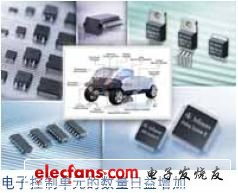
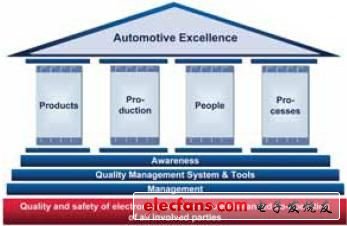
Figure 1 Infineon ’s AutomoTIve Excellence program mainly covers products, production, people and processes,
Supporting this plan includes a management system, a zero-defect culture, as well as various tools and basic quality management methods 
Figure 2 The dust-free workshop of a fab that produces chips. On average, it takes 400 steps to produce a chip, and it takes about three months from the first step of production to the final test phase
Infineon is still in the initial stage of product design, and began to simulate the use of products in actual applications. Major customers are closely involved in the technical design stage of the product. Analyze and evaluate the source of the fault and its hidden hazards, and develop accordingly. In this process, Infineon adopted a systematic approach, covering chips, electrical connection to chip packages, packaging, chip-to-package interaction, expected effects in the production process, and expected effects in the actual application environment, etc. . 
Figure 3 The fab is the source of chip manufacturing. The wafer is a round silicon disk with a diameter of 200mm or 300mm.
Depending on the size of the wafer and the complexity of the integrated circuit-one wafer can produce more than 100 to 2,000 chips simultaneously 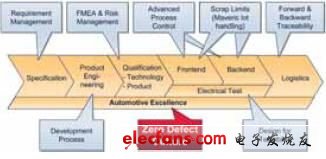
Figure 4 Examples of quality inspections performed in semiconductor production, the purpose is from chip design, development to production and testing,
And at all stages of sales and logistics to achieve a zero defect rate. A systematic approach is the key to achieving zero defect rate 

